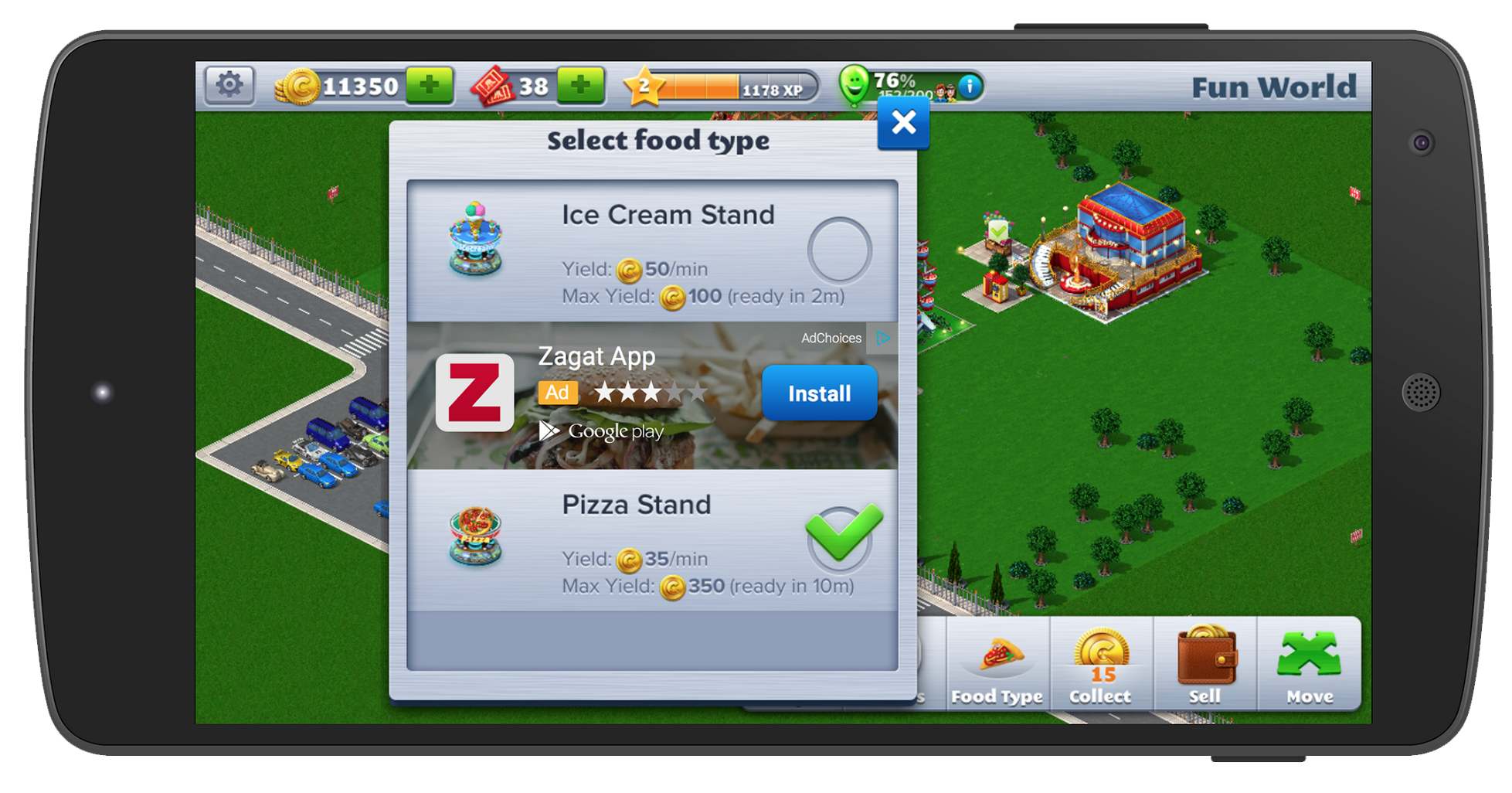Last week, the Mystic Media Blog covered Richard Bartle’s taxonomy of player types. Over the next four articles, the blog will be conducting an in-depth exploration of each of Bartle’s four player types and how to attract, reward and ultimately monetize them.
The Achiever is the most basic player type. They seek to conquer the obstacles set up by the game. They look to act upon the world within its limitations. Achievers are generally the most important Bartle Type to maintain in your core userbase since they seek to play the game by the rules, as it was intended. Nicknamed “Diamonds” by Bartle, Achievers are interested in rewards, recognition and glory. They won’t settle for beating the game and will attempt to attain high scores in the leaderboard. If there is more than one difficulty, then they must learn to master it. In short, they look to attain any and every badge of honor they can.
The Achiever plays by the rules with the aim of progress. In order to entice them on a most basic level, they need to be engaged by gameplay from the outset. Games which are too difficult will discourage them from playing on, while games which are too easy will not be worth the time.
As they navigate through the game, giving Achievers finite goals and recognition for achieving these milestones will keep them engaged. They don’t just want to achieve, they want to be acknowledged for their achievements. A solid reward system with a steady stream of achievement-based unlockables and trophies will retain Achievers. As a game designer, using sound and visuals to create a positive emotional reaction upon in-game achievements should be among your top UI concerns.
One of the major visual opportunities to get users invested in your game is the Game Board. Check out a portion (57:20-59:09) of this awesome lecture by Nicolas Lovell where he breaks down how the Candy Crush board appeals to all different levels of player:
Game designers can monetize Achievers in a number of ways. Offering new game modes or difficulties through in-app purchases offers a tempting proposal to the Achiever, who will likely go ahead, buy and conquer if they are into the game. Having a difficult game with high level unlockables also available for in-app purchase can entice some Achievers to taking a shortcut. Offering an ad-less option is another enticing low-price option for the impatient achiever.
Achievers want their victories to become a part of their identity. They want to be known as winners and are looking to the game for fulfillment, so an alternate avatar for players who conquer the game is enough to retain them. Offering customizable avatars for in-app purchase is a simple way of appealing to all gamers’ desire to make their character their own. Candy Crush monetizes Achievers by limiting the amount of time they can play per day without paying, enticing many daily players to extend their time for a cheap price.
MMORPGs and warfare games capitalize on Achievers with special weapons and characters available for in-app purchases. Games with a social component make it easier to capitalize on Achievers since they are a sucker for status. The social component adds a major competitive edge which will cause some Achievers to jump at the opportunity to gain an advantage.
The difficulty in monetizing Achievers lies in offering a fair game experience with in-app purchases. Purchasing a competitive edge can dilute the amount of new users in a game. Achievers want their achievements to be sacred, so while offering purchasables is important, it shouldn’t make the game a landslide for those who invest. Some glories should be unlockable purely through game progression, rather than for purchase. Another way of regulating is to set a limit on in-app purchases. If you only have $5 to work with, it creates an element of strategy for Achievers which makes both the game and the purchase appealing.
Finding a balance between enriching gameplay with in-app purchases and maintaining a fair and engaging game on a free level is the difficulty of the Freemium model.
Next week, we’ll take a look at Explorers and the best methods for attaining, retaining and monetizing them.




